A VA panel offers a superior contrast ratio but a narrow viewing angle. Contrarily, an IPS panel offers a wide viewing angle but a low contrast ratio. So, ultimately the question of which panel is best depends on how you plan to use the display. The following article explores the different advantages and disadvantages of the LCD panels and which one you should go with based on your needs. NOTE: In the rest of the article, we used the term ‘TV’ as a general display device and the evaluation applies to TVs and Computer Monitors as well.
1. VA (Vertical Alignment) Panel
As the name suggests, the liquid crystals in a VA Panel are aligned in a vertical or perpendicular direction to the glass substrate. When you pass polarized light through the cells, the second set of cells that lies perpendicular to the first blocks the light. This creates a black state. Now, when you apply an electric current, it causes the cells to align in a horizontal manner and allow the light to pass through. This causes to display the picture. As mentioned earlier, displays with VA Panels provide a great contrast ratio. You can find VA panels that typically come with contrast ratios of 3000:1 or 6000:1. A comparable IPS panel will only have a contrast ratio of 1000:1. But they fall behind when it comes to viewing angles. Viewing angle denotes the angle at which you can sit and watch the TV / monitor without a drop in the picture quality. VA panels have narrow viewing angles. You will only be able to have an immersive experience when you sit straight opposite the display. The wider angles will not provide you the same experience. The VA panels are great for gaming as generally, you will straight opposite to the monitor while playing games Pros
It offers contrast ratios that are 3x times better than that of IPS panels. It has good black uniformity. It is affordable.
Cons
It has a narrow viewing angle. It does not provide the same experience when you sit wider to the TV. It has a low color range. It has a slow response time.
2. IPS (In-Plane Switching) Panel
In this, the liquid crystals are arranged parallel to the glass substrate instead of the perpendicular alignment. Furthermore, the structure of crystals and the placement of electrodes differ from the one used in VA panels. The electrodes occupy more space that results in lower contrast and brightness of the screen. With the IPS panels, you can view the TV / monitor from a wide-angle and still get an impressive picture quality. Unlike VA panels, you will notice very little difference in color reproduction when you sit at a wide-angle from the display. But when it comes to black uniformity, the IPS panels are sub-par. These panels do a poor job in displaying a bright image in the center of a completely black screen. One more major drawback with the IPS panels is that they exhibit a distinct phenomenon called ‘IPS Glow’. You will notice some light patches on the corners of the screen. This happens when excessive light is passed through the screen. Initially, IPS panels are mainly used in TVs due to their wide viewing angles, as we can watch TV in our living room from anywhere. But due to their better quality, color accuracy and response time, LCD panels gradually occupied the high-end computer monitor and laptop screens Pros
IPS panels have wider viewing angles. You will notice little difference in the picture quality even when you watch the TV from extreme angles. It has a high refresh rate. You will enjoy a smooth and fluid gaming experience. It has a low response time. It has a decent refresh rate.
Cons
Their contrast ratio is not as good as that of VA panels. It has poor black uniformity. The IPS panels are very expensive.
VA Vs. IPS: Table Comparison
We have listed the different features you have to consider while buying a TV and how the panels fare against each feature.
Factors you need to check while choosing your TV panel
Below is the comprehensive list of factors that you have to check before choosing your TV panel,
Image Quality
IPS: These panels have the highest color range. You will be able to enjoy a realistic gaming experience. Besides, they have better viewing angles. So, you won’t notice any drop in picture quality even when you are not sitting in front of your TV / monitor. VA: Even though the color range is not as great as the IPS panel, it does a pretty good job in showing the color variations. But the viewing angle is narrow. So, you have to sit straight opposite the TV / monitor. VA panel compensates for its decent color range with an impressive contrast ratio. You will be able to see great detailing in the difference between light and dark colors.
The clear winner here is IPS panel because of its high color range and better viewing angle.
Refresh Rate
IPS: IPS panels have one of the highest refresh rates. While you easily find an IPS panel with a refresh rate of 144Hz, some of the latest ones come with a refresh rate of 360Hz. If you are a serious online-gamer, digital artist, or video editor, then you have to go with the highest refresh rate within your budget. VA: VA panels have lower refresh rates than IPS panels. Most VA panels come with a refresh rate of 120Hz. If you want to have a higher refresh rate, then you have to be willing to spend extra. VA panels have a maximum refresh rate of 240Hz.
The winner is IPS panel because of its high refresh rate of 360Hz.
Response Time
IPS: IPS panels generally come with a response time of 4 milliseconds. This would suffice for watching TV or playing most games. But, if you are playing racing games or first-person shooting games, you need to have a response time of less than 2 milliseconds. Luckily, some of the latest IPS panels come with super-fast refresh rates of 1 to 2 milliseconds. VA: VA panels generally have a slower response time than IPS panels with 5 milliseconds. So, there is a higher chance for you to experience motion blur. But, some of the VA panels that come with an expensive price tag have faster response times.
The winner is IPS panel because of its fast response time.
Viewing Angle
IPS: When it comes to the viewing angle, IPS panels far outweigh the VA panels. They have wider viewing angles. You will experience no drop in picture quality even if you sit and watch the TV from an extreme angle. VA: The VA panels have a very narrow viewing angle. You have to sit as close to the straight axis of the TV to enjoy the picture quality. If you sit wider, there will be a significant loss in the picture quality.
The winner is IPS panel because it has a wider viewing angle.
Contrast Ratio
The contrast ratio refers to the difference between the maximum and minimum brightness. It is the capacity of the display monitor to show dark colors darker and bright colors brighter. IPS: IPS panels do a decent job in the contrast ratio segment but they are nowhere close to that of VA panels. An IPS panel offers a contrast ratio of 1000:1. When you watch a black color environment in an IPS panel, the black color will be slightly greyed out. VA: VA panels offer a superior contrast ratio of 6000:1 that is very impressive. It has the capacity to show dark environments as darker. So, you will enjoy the picture detailing shown by the VA panels.
The winner is VA panel because of its high contrast ratio of 6000:1.
Black Uniformity
Black uniformity is a monitor’s ability to display black color throughout its screen. IPS: IPS panels are not really great at displaying the uniform black color throughout the screen. Due to the low contrast ratio, the black color will appear slightly greyed out. VA: VA panels have a good black uniformity. But it also depends on the TV model you go with. Not all TV models with a VA panel have good black uniformity. But it is safe to say that in general, VA panels have better black uniformity than an IPS panel.
The winner is the VA panel because it can display black color uniformly throughout the screen.
Conclusion
To put it short, the main difference between the panels lies in the alignment of the liquid crystals. The alignment results in the differences in the performance and picture quality of the panels. The VA panels are ideal for office/study use, high-end PC games, and online games. If you are looking for a panel for mixed usage, the VA panel should still suffice your needs. The IPS panel, on the other hand, is best for programmers, photo and video editors and digital artists. If you have any further doubts or queries, let us know using the comments section. Our team will help you out. You can also post your thoughts and views in the comments box. example look at below model: Dell 22 Monitor – E2222HS Now still IPS panel will have any advantage over this VA panel? OR manufacturers miss leading customers with fake specifications? Please guide. Comment * Name * Email * Website
Δ



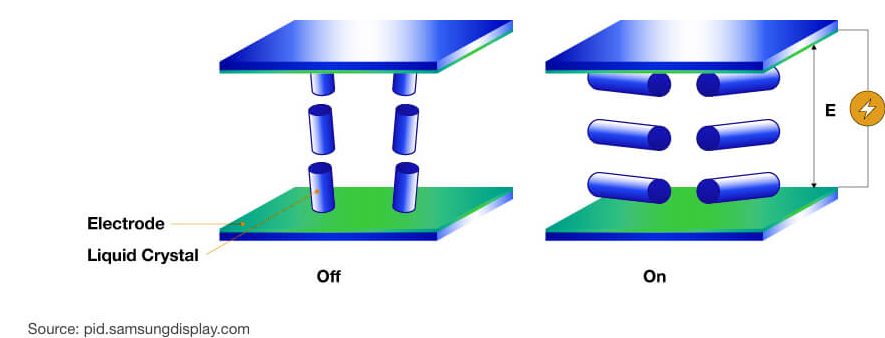
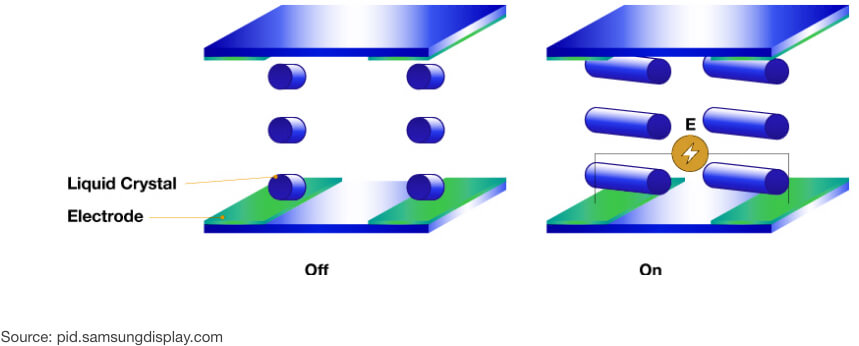
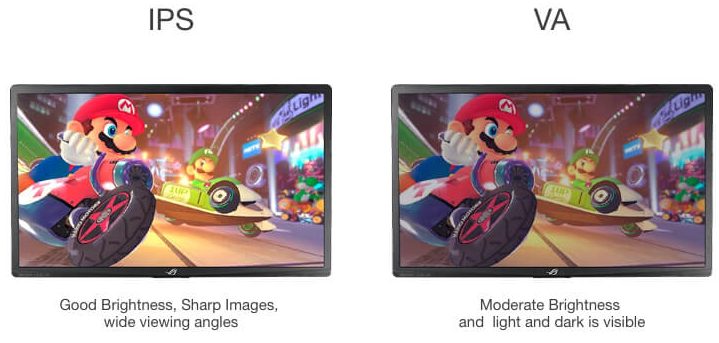
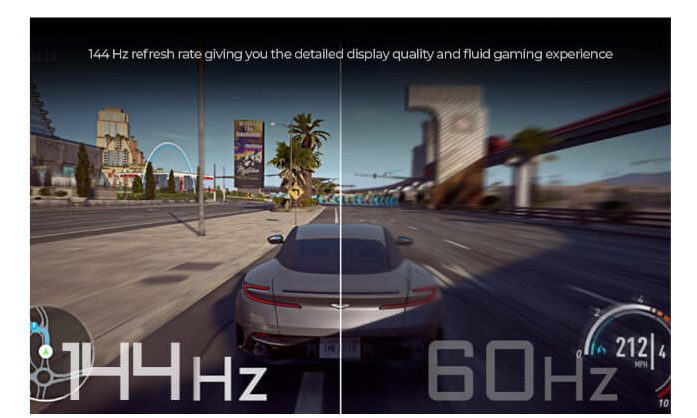
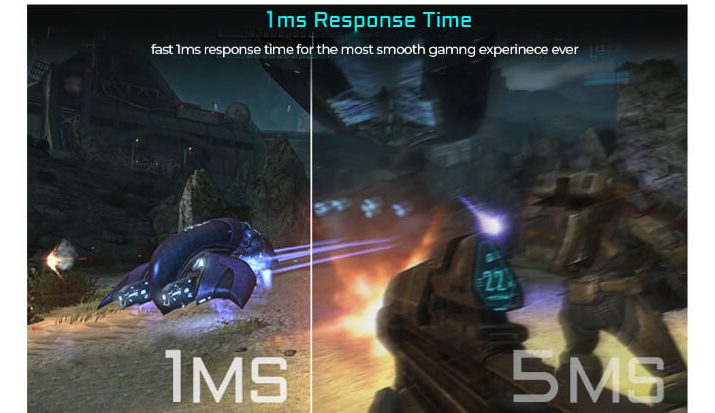
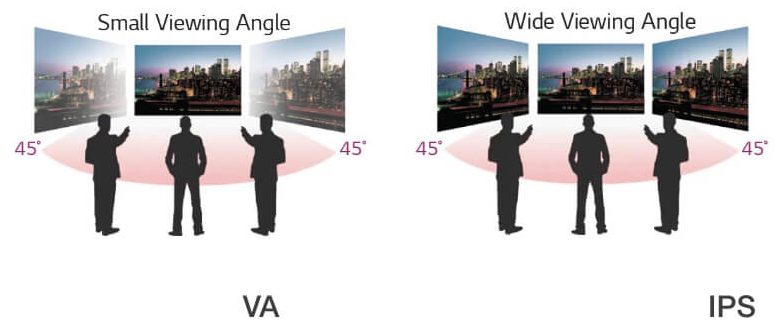
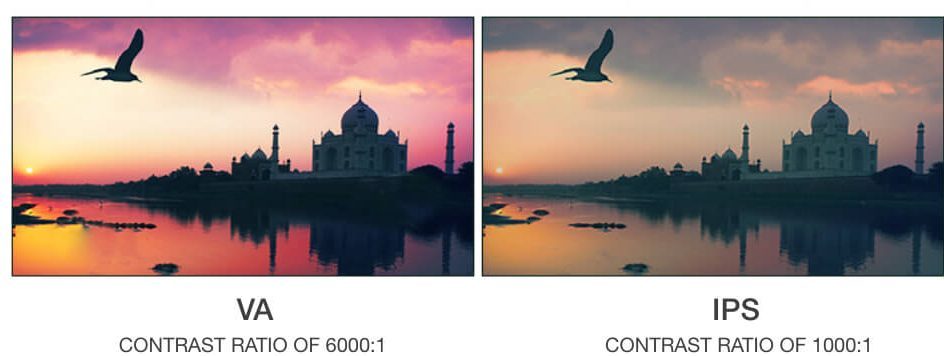
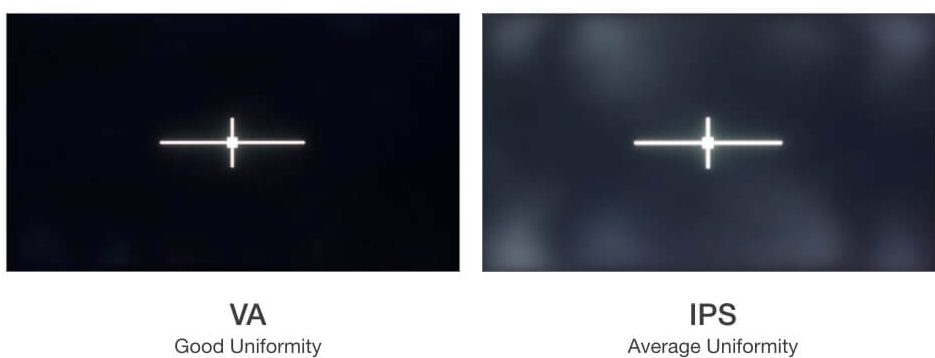


![]()